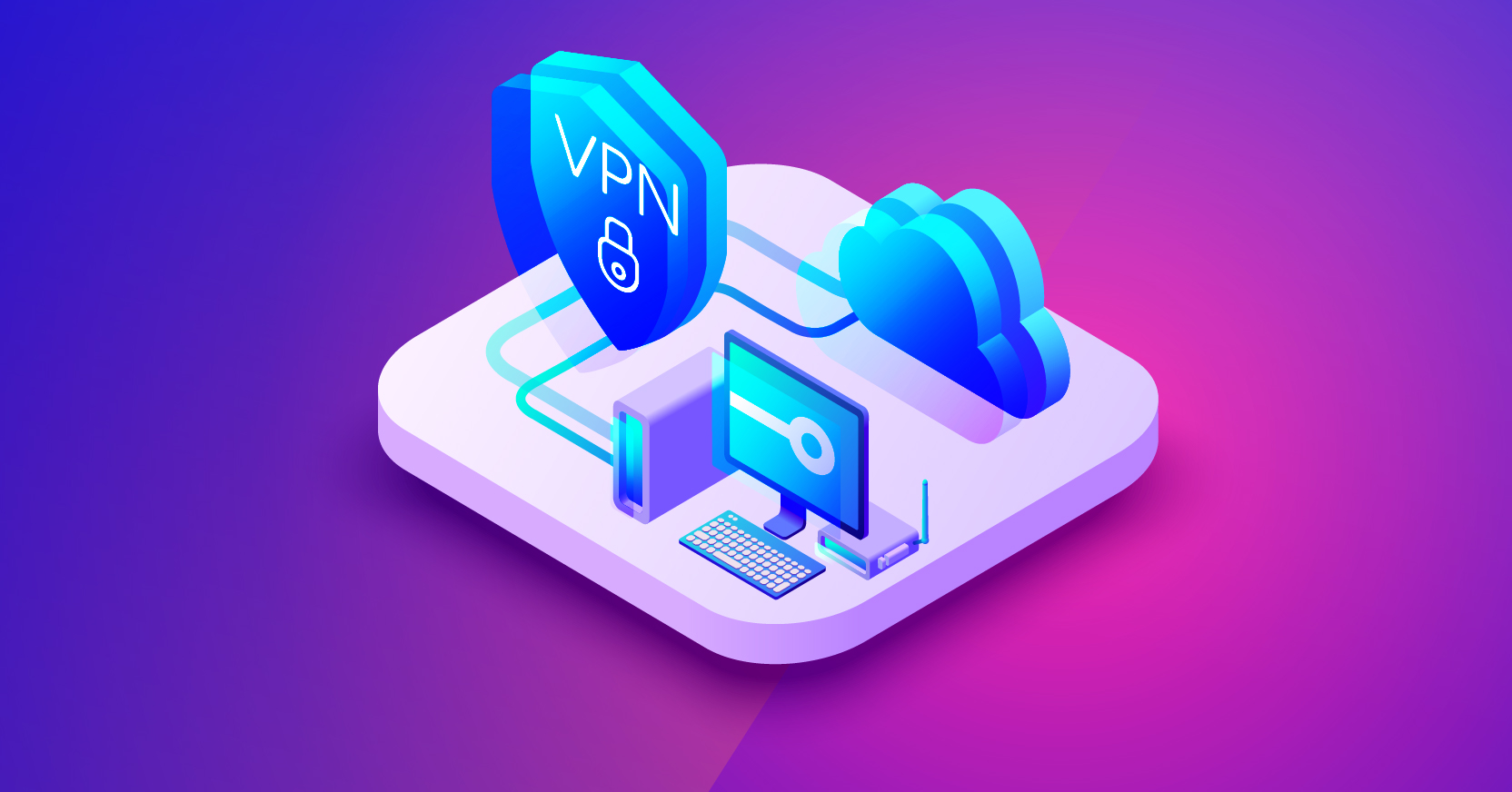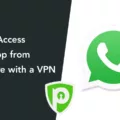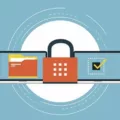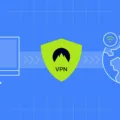The term “VPN” stands for “Virtual Private Network”, and it is the go-to solution for businesses and individuals who need to secure their online access. A remote access VPN allows users to securely connect to a private network over the internet from any location. This type of connection provides secure remote access without sacrificing the convenience of being able to work from anywhere.
Remote access VPNs are quickly becoming an essential tool for businesses that want to ensure secure communication between employees and customers located in different locations around the world. By creating a secure tunnel, they can protect sensitive data while allowing users to connect from any location with an internet connection.
Setting up remote access VPNs is relatively easy, making them a popular choice for businesses looking to establish secure connections with their employees or customers. First, you will need to install Access Server on your network. This software will allow you to accept incoming connections from any devices that have the necessary authentication code and certificates. Once this is done, you can install Connect Client on each device that needs to access your network remotely.
Once installed, your users will be able to securely connect from any location with an internet connection by entering their credentials into Connect Client. Once authenticated, they will be able to securely transfer files and information without having to worry about someone eavesdropping on their conversations or stealing confidential data.
Remote access VPNs are also great for securing public WiFi networks such as those found in airports or coffee shops. By using one of these solutions, users can ensure that all their data is encrypted before being sent over these insecure networks — effectively keeping their information safe from hackers and other malicious actors.
Overall, remote access VPNs are an invaluable tool that allows businesses and individuals alike to stay connected while ensuring their data remains safe and secure at all times — regardless of where they are located in the world!

Setting Up a VPN for Remote Access
Setting up a VPN for remote access is an easy process. First, you’ll need to install a Virtual Private Network (VPN) server on your network. This server will be responsible for accepting and routing incoming connections from the internet. After installation, connect your device to the server using our Connect client, which can be downloaded from our website.
Then, you’ll need to configure the VPN server with an access code and any necessary certificates for users who will be connecting remotely. Each user should have their own unique access code so that only authorized users can gain access to your network.
Finally, you will need to configure the router of your network so that incoming connections are routed through the VPN server. This will ensure that all of the traffic entering your network is encrypted and secure. Once these steps are complete, users can connect their devices to your network remotely using their own unique access code and certificate.
Difference Between VPN and Remote Access
The primary difference between a VPN (Virtual Private Network) and remote access is that a VPN provides secure, encrypted connections over the internet, while remote access allows users to access a computer or device from a remote location.
A VPN ensures privacy by encrypting data sent between two devices, making it impossible for third parties to intercept and read the data. Remote access on the other hand simply allows users to remotely control another computer or device. It does not offer any encryption or anonymity features like a VPN does.
In addition, a VPN can be used to protect users from malicious activities on public networks such as WiFi hotspots. For example, if you are using public WiFi in an airport or coffee shop, you could use a VPN to ensure that your browsing activity is encrypted and secure from potential hackers or snoops. On the other hand, remote access would not protect you against such threats.
Working Remotely With a VPN
Yes, you can work remotely with a VPN. A VPN allows you to securely connect to your business network from any location. It creates a secure tunnel between your computer and the corporate network, allowing for data and information to be sent and received in a safe, encrypted manner. This ensures that confidential company information remains private, even when working outside of the office. With a VPN connection, you can access all the resources you need while still maintaining the necessary security requirements of your organization.
Requirements for Remote Access VPN
In order to use a remote access VPN, you need a computer or mobile device with an internet connection and the VPN client installed. The client can be downloaded from the vendor’s website, and installation is usually straightforward. Once the VPN client is installed, you will need to configure it with the necessary settings provided by your vendor. These settings might include authentication credentials, encryption protocols, and service locations. Once configured, you can connect to the remote VPN server using your device’s internet connection. Public WiFi networks are compatible with remote access VPN software, but it’s important to ensure that all data transmitted over such connections are secure.
Checking for VPN Access
If you’re trying to determine if you have VPN access, the best way to do this is to open your Windows Settings and click on Network & Internet. From there, select VPN from the left-hand side menu and look for an active connection. You should see the name of the VPN connection listed underneath the heading ‘VPN’. If it says ‘Connected’ underneath it, then that means you have an active VPN connection. You can also hover your mouse pointer over the Network icon on the far right of the taskbar and see if your VPN connection is listed there.
Understanding How a Remote Access VPN Works
A remote access VPN works by creating a secure connection between an organization’s network and a remote user. It does this by using specialized protocols, such as IPSec, PPTP, L2TP, and SSL/TLS, to create virtual tunnels that are encrypted end-to-end. These tunnels provide users with secure access to the organization’s internal networks, no matter where they are located.
When a remote user attempts to connect to the organization’s network, their computer will send a request packet containing authentication information. The organization’s network will then verify this information and create an encrypted tunnel between the two points. This tunnel allows data to flow securely between the two locations while keeping it secure from outside interference or eavesdropping.
Once the connection has been established, users can access the resources they need on the organization’s internal network without having to worry about their data being exposed or compromised in any way. This makes it an ideal solution for organizations that need to securely share sensitive information with remote users or allow them access to internal systems from anywhere in the world.
Conclusion
In conclusion, remote VPN access is an invaluable tool for businesses, allowing employees to securely and remotely connect to their corporate network. It creates a secure tunnel between their device and the business’ network, protecting data from malicious actors while also allowing for unrestricted access to resources. Setting up remote VPN access is easy; all you need is a device with an internet connection and the correct VPN client installed. With its many advantages, remote VPN access is quickly becoming a must-have for businesses of all sizes.








